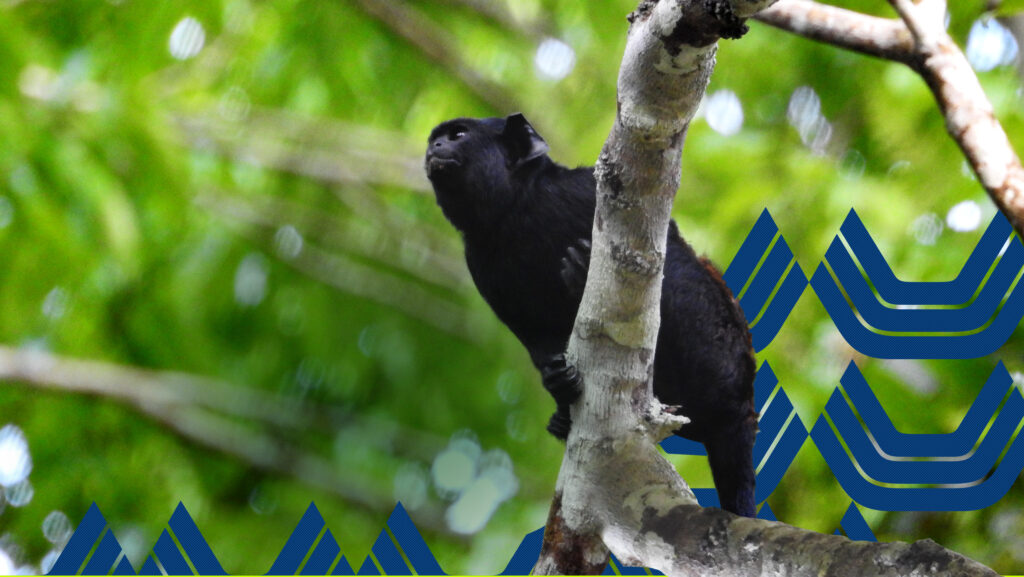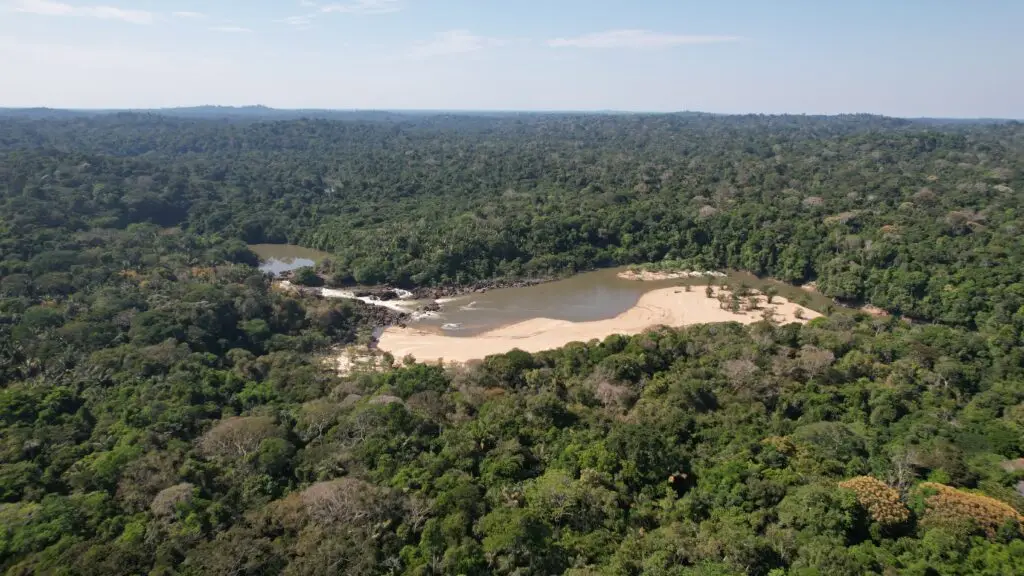 In 2017, the retail chain Lojas Renner, being one of the largest in Brazil, neutralized 100% of its greenhouse gas emissions from the previous year. This feat, still unusual for companies in this segment, had already been achieved in 2016 when Lojas Renner offset nearly 37,000 tons of CO2. This was only possible because the company decided to monetize its environmental impact and pay for the standing forest—one of the most effective mechanisms for carbon sequestration and, consequently, for tackling climate change. The strategy chosen was that of REDD+, which enables the conservation of native forest areas that are under deforestation pressure or risk of degradation, which result in the creation of carbon credits from avoided destruction.
In 2017, the retail chain Lojas Renner, being one of the largest in Brazil, neutralized 100% of its greenhouse gas emissions from the previous year. This feat, still unusual for companies in this segment, had already been achieved in 2016 when Lojas Renner offset nearly 37,000 tons of CO2. This was only possible because the company decided to monetize its environmental impact and pay for the standing forest—one of the most effective mechanisms for carbon sequestration and, consequently, for tackling climate change. The strategy chosen was that of REDD+, which enables the conservation of native forest areas that are under deforestation pressure or risk of degradation, which result in the creation of carbon credits from avoided destruction.
These recent achievements are the result of a partnership between Lojas Renner and Biofílica in support of forest conservation in the northeastern region of Rondônia. Since 1996, an extractive association has been leading this initiative in the Rio Preto-Jacundá Extractive Reserve. There, in a contour of 94,000 hectares of Amazonian forest, Biofílica has promoted practices of multiple and sustainable management of the territory for the past six years. The objective is to improve the sustainable exploitation of timber and non-timber forest products such as Brazil nut, açaí, and andiroba, and improving hunting and fishing management techniques.
 Lojas Renner’s choice is the result of a process of intense maturity. While still in 2010, the company decided to monitor and make public its carbon footprint and the actions it was taking to mitigate their impact. Their stance earned them entry into the ISE (the BM&F Bovespa Sustainability Index), a portfolio of companies that are a reference in socio-environmental practices currently in Brazil. But to go beyond the level of partial compensation and completely neutralize its emissions, the retailer realized that it was important to not only simply acquire carbon credits in the market. It was necessary to assume the costs of its negative externalities more broadly and to focus on projects that not only responded to climatic issues, but also generated benefits to local communities, fauna, and flora of vulnerable forest areas.
Lojas Renner’s choice is the result of a process of intense maturity. While still in 2010, the company decided to monitor and make public its carbon footprint and the actions it was taking to mitigate their impact. Their stance earned them entry into the ISE (the BM&F Bovespa Sustainability Index), a portfolio of companies that are a reference in socio-environmental practices currently in Brazil. But to go beyond the level of partial compensation and completely neutralize its emissions, the retailer realized that it was important to not only simply acquire carbon credits in the market. It was necessary to assume the costs of its negative externalities more broadly and to focus on projects that not only responded to climatic issues, but also generated benefits to local communities, fauna, and flora of vulnerable forest areas.
This is what has attracted the attention of investors, especially foreigners. The interest in companies engaged in social and environmental issues has grown considerably among Americans and Europeans, who are already familiar with voluntary and regulated carbon markets. They are looking, above all, for investment security. The equation is simple: companies that have already reached a more advanced level of socio-environmental awareness are those that have the greatest chance of resilience and survival against the impacts of global warming; they are the companies that offer lower financial risk in the long run.
OFFSET YOUR EMISSIONS THROUGHT THE AMAZON RAINFOREST CONSERVATION
Contact us





